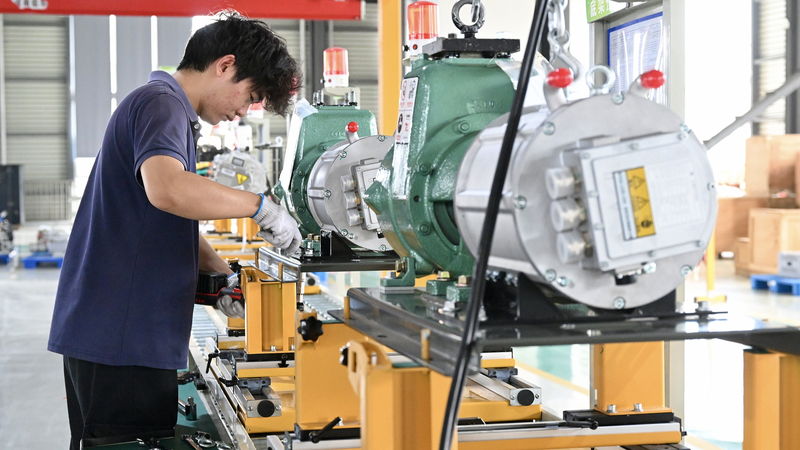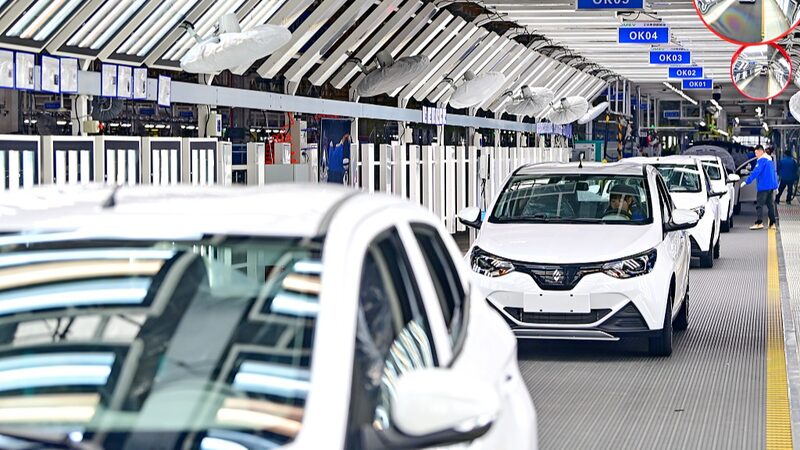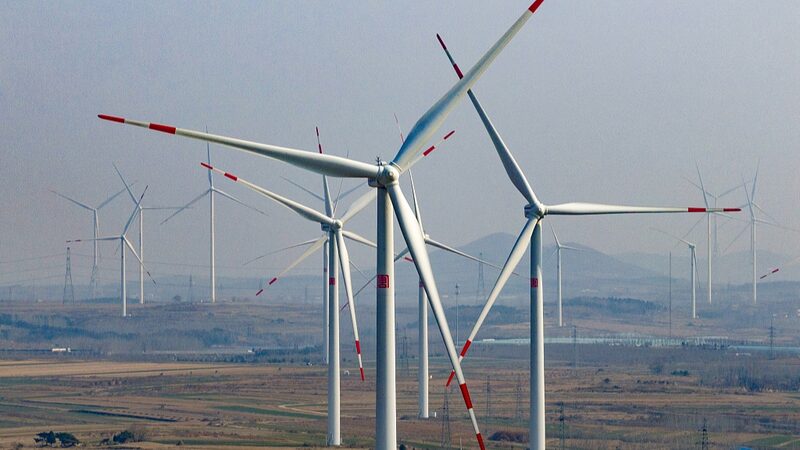Recent debates about China's economic trajectory have centered on claims of industrial overcapacity and calls for a shift toward consumption-driven growth. But experts argue this perspective oversimplifies the nation's complex development landscape.
The Overcapacity Debate Revisited
While some sectors face temporary mismatches between production capacity and demand growth, analysts emphasize this doesn't signal systemic failure. Warwick Powell, adjunct professor at Queensland University of Technology, notes: "Aggregate demand continues to expand through infrastructure development, public spending, and rising incomes. The challenge lies in synchronizing capacity growth with evolving market needs."
Investment-Led Development in Focus
With per capita income still below developed economy levels, maintaining strategic investment remains crucial. Public expenditure continues driving innovation in green energy, advanced manufacturing, and digital infrastructure – sectors seen as key to sustainable growth. This approach aligns with long-term goals to move up the value chain while addressing regional development disparities.
Policy Priorities in Transition
Economic planners face the dual challenge of managing short-term sectoral adjustments while maintaining momentum in strategic industries. Recent measures focus on optimizing resource allocation and encouraging technological upgrading rather than abrupt policy shifts. As global markets navigate geopolitical uncertainties, China's ability to balance domestic capacity with international demand remains critical to its economic resilience.
Reference(s):
cgtn.com








